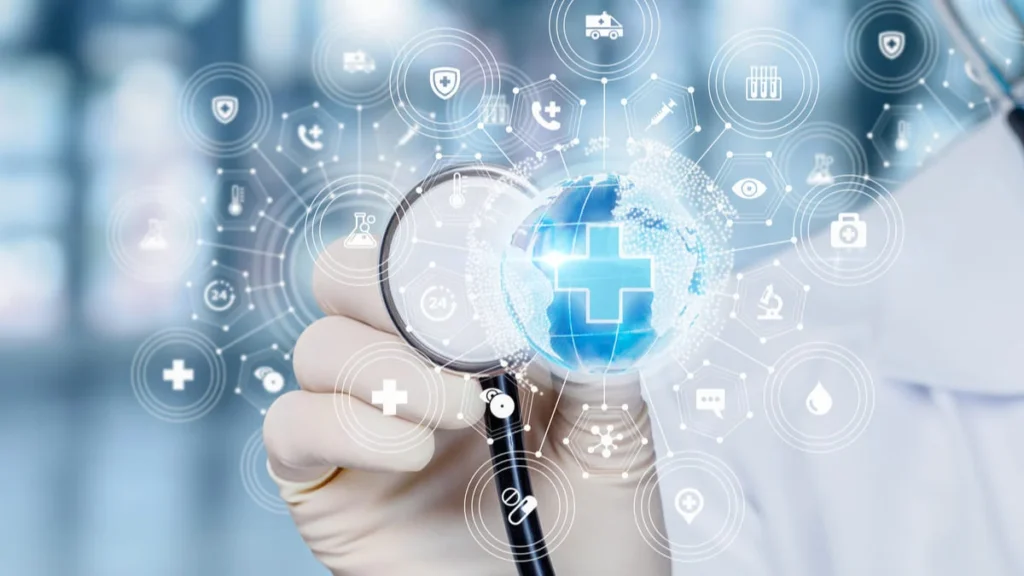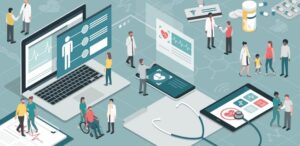Digital health ecosystems: an opportunity for patient improvement

Defined by the consulting firm Ernst & Young, ecosystems are networks where players from different industries integrate and act to offer interconnected services and products created so that, by complementing their capabilities through their connection by means of technology, they generate a unique customer satisfaction and experience. The emergence of ecosystems in different sectors creates disruptions and innovations in products and services. In the case of digital ecosystems in healthcare, they generate personalized, integrated experiences for users, reducing inefficiencies and costs and improving outcomes.
Due to Infotech and Biotech, the world has evolved so far thanks to the creation of these digital ecosystems in healthcare. Many separate operations and steps begin to integrate, not only improving the patient experience, but also facilitating the work of professionals. Through this, a person’s data is integrated, resulting in a better understanding for future needs. All information must be registered both synchronously and asynchronously through bidirectional platforms in order to be stored in the cloud and feed back into the ecosystem to generate new predictive models. The way this ecosystem would work is through three steps: Infrastructure, Intelligence and Custom Execution. On the one hand, it is the infrastructure that is in charge of capturing the data. Then the intelligence -whose core elements are cognitive technologies, such as Artificial Intelligence, Big Data, Machine Learning, among others- which allows data analysis towards a “deep” identification and generate “insights”, so that finally, a personalized treatment can be generated for the patient. But, as with any digitization process that involves data storage and analysis, it leads to discussions regarding the protection and anonymity of the data and its security, for which measures will surely be implemented at the legislative level.
The advantages of having an integrated digital healthcare ecosystem are multiple:
- More efficient management
- Cooperative work in networks
- Improved analytics
- Adaptability
- Streamlining of the value chain
This digital ecosystem must remain focused on the patient by providing these services within their reach, such as primary care, home care, among others. A case example could be seen in Mexico. The Mexican Social Security Institute is working on a model in which IT processes are aligned. Its main objective is to have a platform where everything can be managed. If this project is successfully developed, it could be implemented in the rest of the country.
The growth of digital ecosystems, both in healthcare and in other areas, depends on the adoption and social understanding of traditional players. Mega Corporations such as Google, Amazon or Microsoft, already have a health department because they are betting on the digital development of this sector due to the evident advances that we have been going through in previous articles.




